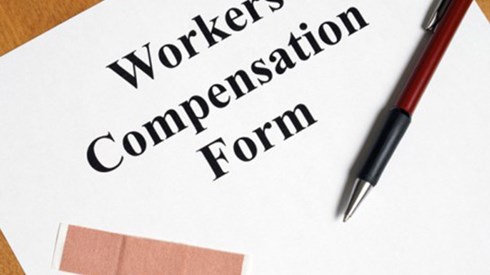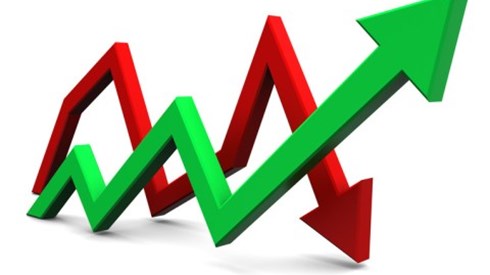Rising Medical Costs Threaten Workers Compensation Profitability

January 02, 2019

In a recent A.M. Best report, the rating agency said that the US workers compensation segment continued its positive performance in 2017, which was boosted by another year of growing payrolls that helped offset rate decreases and overall soft market conditions.
The Best's Market Segment Report, titled Workers' Compensation Profitability Threatened by Rising Medical Costs, Payrolls and Legal Expenses, said that in 2017, the workers compensation segment's underwriting performance reflected an ongoing improvement over the past several years, with insurers reporting a 92.4 combined ratio, compared with 95.5 in the previous year.
The A.M. Best report said that $6.6 billion in reserve releases translated to a 4.7-point improvement on the pure net loss ratio, a component of the combined ratio. Furthermore, according to the rating agency, workers compensation insurers recorded a 4.7 percent decline in direct premiums written in 2017 to $55.8 billion, mainly attributable to consistently declining rates.
A.M. Best said that while lost-time claims frequency continues to decline, which is helping to offset competitive market pressures, claims severity continues to rise due to a host of factors, including the rapid expansion of smartphone ownership over the last decade, as well as attorneys' growing involvement and litigation, which has led to high average settlements on cases.
A.M. Best said that it also analyzes the overall health of the workers compensation line of business through its Workers Compensation Composite (WCC), which is composed of US companies, including state funds, whose workers compensation and excess workers compensation net premiums constitute 50 percent or more of their total net premiums.
According to the rating agency, as some of the larger writers have decreased their exposure to the workers compensation business, specialist writers, included in the WCC, have assumed this business.
The WCC accounted for 55.9 percent of all US workers compensation net premiums compared with 33.8 percent in 2010. The WCC reported $4.4 billion in net income in 2017, as an 8.4 percent jump in net investment income and an increase of approximately $600 million in realized capital gains resulted in an 11.6 percent year-over-year increase. Through the first half of 2018, the WCC has essentially maintained its pace of 2017, generating approximately $2.0 billion in net income.
Currently, A.M. Best has a stable outlook on the US workers compensation industry, the largest component of the US commercial lines segment. Despite the positive results across the segment, A.M. Best said it believes the trend of declining rates likely will trigger profit margin compression, possibly as soon as 2019. Unemployment has decreased steadily since 2010; however, A.M. Best said that long unemployment rate declines typically are followed by sharp spikes in unemployment, and it believes that workers compensation writers should be prepared for a downside scenario as well.
Copyright © 2019 A.M. Best Company, Inc. and/or its affiliates ALL RIGHTS RESERVED
January 02, 2019




